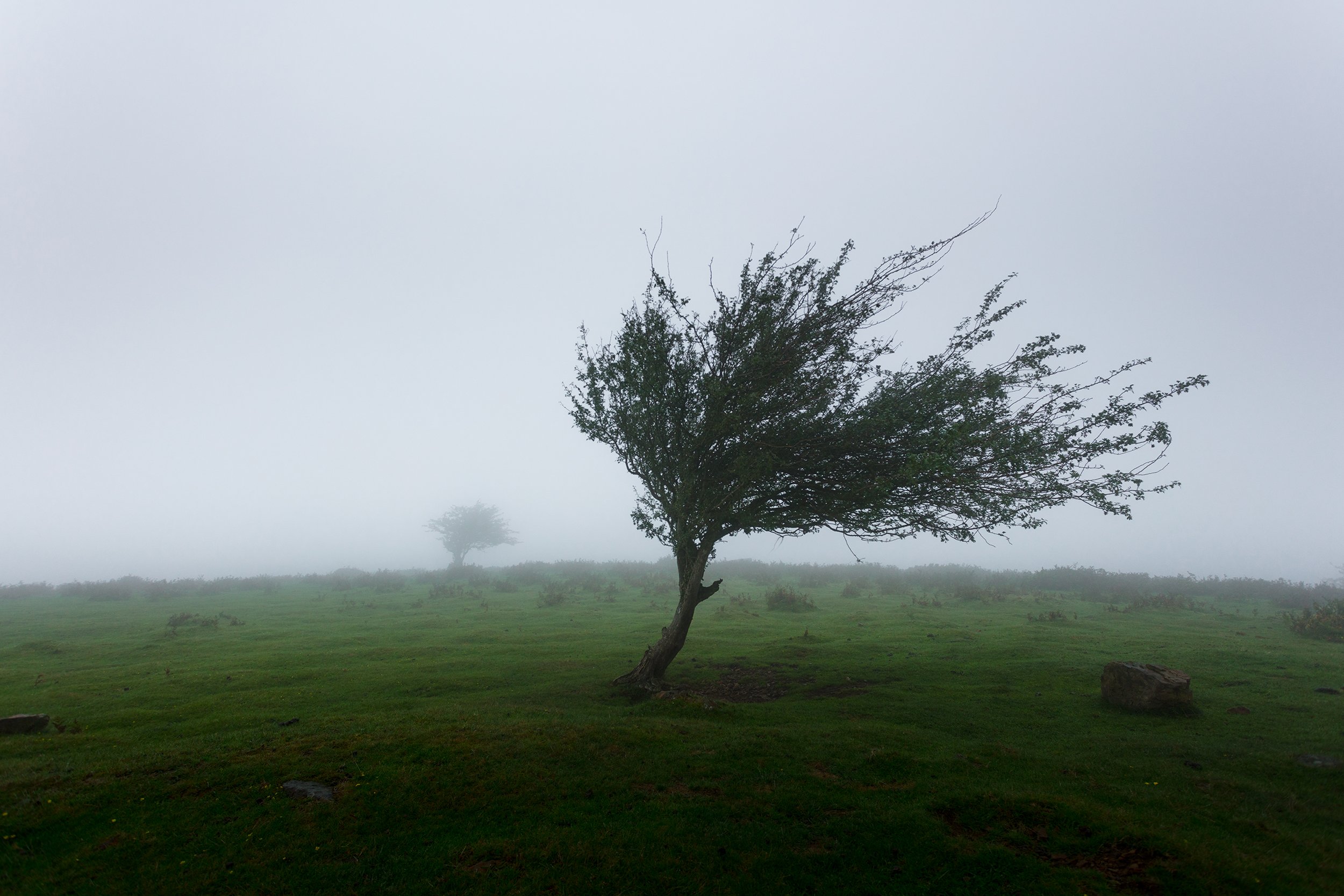From the Editor
Dear Reader,
As I sit down now to reflect on the release of Issue IX of Bracken, I think of how difficult life has recently been for so many—terribly difficult in some places, such as in Ukraine since Putin started his war there, and in other places where men wield guns blindly, where contagion has taken great tolls, where nourishment and shelter are tenuous…and difficult enough among many who live with too much uncertainty, whose belonging is in doubt, whose government is more threat than protection, who must fear to speak freely…and even among those who appear to be secure enough, it seems there’s a rising tide of what Thoreau called “quiet desperation.” I don’t think I’ve lived through a time of greater pervasive unease.
All the pragmatic responses we undertake will yield what they will. But we’ll remain shaken, or full of doubt, or restless, or grieving. And then some will turn to the impractical but essential resources of our arts—our music, cinema, stories, paintings, poems…the resources we know can steady or even restore us in our troubled states. We need to be touched, moved, comforted, by the presence in the story, poem, or image—touched in a place we only dimly know is there until its ache has been eased.
The more difficult the times, the more I find myself seeking this touch of the muse. I return to poems I’ve found restorative in the past, and I search out new poems—and songs, stories, paintings, movies—that can feel like just what I needed to discover at that moment.
This is the spirit in which I’ve participated with my fellow editors and readers in the gathering of poetry, flash fiction, and visual art you’ll find in this issue of Bracken. And I have noticed something—the remarkable consistency with which these works capture change. Whether it’s the crossing from life to death in David Constantine’s translations from the Greek Anthology, or the feeling of a new region’s grass on one’s feet in Meghan Sterling’s “North and South,” or the surreal transformations of a sojourn in memory in Jacob Boyd’s “The Lifeline,” or the real transformations of aging in Diana Whitney’s “Current,” or the reckoning with the new bleakness of destruction in Anna Gruver’s poems from Ukraine…or, among the stories, the endurance of intimacy through a companion’s strange morphing in Patricia Q. Bidar’s “In the Back Yard,” or the dread and magic of a crossing to freedom in Kevin Dyer’s “Falco Eleonorae,” or, in the issue’s art offerings, all the variations that promise to change our very perception if we allow it in works curated by our founder and Art Editor Alina Rios.
No pragmatic measures can slow or forestall the sometimes rhythmic and sometimes chaotic tide of change. So we must have the company, the counsel, the abiding witness of the muse, to bring us together, heartened and less alone, even freshly capable of hope, wonder, and thrill, as we ride the waters of change.
Bracken tunes to the mystery and wonder of the natural surround, that ever-more-endangered and ever-changing environment that sustains us. And Bracken tunes to the wonder and mystery of the natural interior, our own nature, our fragility and resilience, our ever-changing selves. The hope in Bracken—what I feel anew as we ready to set free this issue—is our greater connectedness, with each other, with ourselves, and with the natural world we are in and of, through all the difficulties, losses, outrages, griefs, and miracles. Yes, through all the changes, I hope you find true company in Issue IX of Bracken.
With my warmest wishes,
Jed Myers

